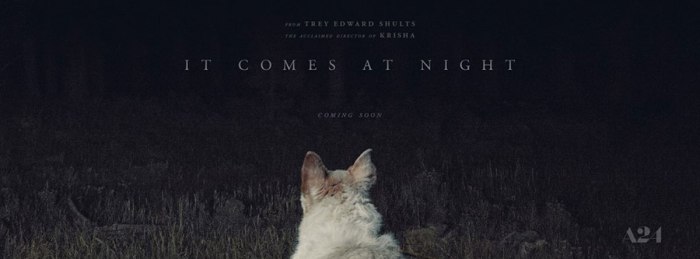
Is there any reason we should expect not to be alone?
Netflix’s “Maniac” (with Emma Stone and Jonah Hill) seems all about that question.
Human’s crave connection. We’ll do anything for it or an artificial form of it. Give us online video-games, and we will talk with strangers all over the world. Give us a good book and we will get connected with fictional characters. Construct a coffee-shop and we will go to it to sit near people even when we damn well know we can make our own coffee at home. At our core is a desire to be with and among people (yes even us introverts).
But what if this connection is illogical?
If the origin of the universe is chaos, should we expect to discover a pattern that may lead us to connection? Or what if as Owen (Hill) insists “our brains are just computers that make our life stories make sense”? Should we expect to find meaning in connection?
“You were the only one who knew all my stories. You are the only one who knew about mom.”
Every significant character in this show has faced grievous relational loss. Death, severance, romantic falling outs, abuse… all have felt the weight of a disrupt or deformity of relationship. And all the main character’s in “Maniac” have felt what it is to lose someone.
“Sometimes people leave and we don’t know why.”
The better part of half the show is watching these characters face life while trying to stuff that enigma in their back-pocket. All of them cope with something, with drugs, with despair, with masturbation, with their life’s work. Some want a fix, and some have conceded hopelessly to there not being a fix able to take their pain away.
But this show is eccentric. It has a whimsical humor to it that seems okay to exist alongside its profound melancholy.
“The pattern is the pattern.”
There are plenty of explanations for certain occurrences in the show, but at the same time, explanations aren’t good enough. Just because we can explain why something has occurred does not mean that we can give that something meaning. While two wires getting soldered together may explain why two people’s consciences temporarily interacted with each other’s, it does not tell those two what they are now to do given what has occurred… or why these two so coincidentally, so fortunately, so perfectly managed to have this happen to them.
An experiment started in the hopes of curing people’s pain once and for all, but no pain was cured. Yet in the process, connection was found for several of these lost and lonely people. Connection doesn’t cure pain, but it does make it easier to live with. In a strange sort of way, the experiment worked, but not in the way that was intended.
Loss can make everything feel random and meaningless. Loneliness can compound our despair and make life seem fundamentally incoherent. But in “Maniac,” and in reality, human connection and re-connection is a critical part of the pattern.
We need people to know our losses. We need people to fight for us. We need people to help us cultivate hope. We need friends to help us make sense of all this.
“Annie, why are you here?” “Because I’m your friend. And that’s what friends do.”
